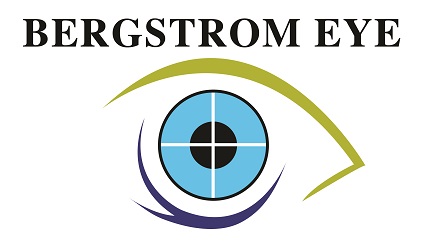Knowledge Base
Eye Drops – How to use
It is important to take your medications regularly and exactly as prescribed if you are to control your eye pressure. Since eye drops are absorbed into the bloodstream, tell your doctor about all medications you are currently taking. Ask your doctor and/or pharmacist if the medications you are taking together are safe. Some drugs can…
Read MoreTreating Glaucoma
Most glaucoma treatments are aimed at consistently lowering intraocular pressure. Eye drops, oral medications, laser treatment, and surgerycan be used to lower intraocular pressure. These treatments do not “cure” glaucoma, but help control thedisease. Eye Drops are the most common treatment for glaucoma. Eye drops work to either decrease the amount of fluid the eye…
Read MoreWho is at Risk for Glaucoma?
Factors that increase a person’s risk generally include: · Increased Intraocular Pressure (IOP) – Anyone who has been found to have an elevated intraocular pressure at a glaucoma screening or as part of a general eye examination is considered to be at risk for developing glaucoma. · Increasing Age – The incidence of glaucoma increases…
Read MoreWhat is Glaucoma?
Glaucoma is a disease that damages the optic nerve. Over 3 million Americans (67 million people worldwide) are affected by glaucoma. Half of those with glaucoma are not aware of it. Glaucoma has been called the “silent thief of sight” because there are no warning signs until significant nerve damage and vision loss has occurred.…
Read MoreIntraocular Lens Implants (IOL)
Intraocular lenses, commonly called IOLs, may be one of the most important ophthalmic developments in the past 30 years. These tiny prescription lenses are placed inside the eye during cataract or Clear Lens Extraction And Replacement surgery (CLEAR), replacing the eye’s natural lens (called a cataract when it becomes clouded). Prior to the development of…
Read MoreUnderstanding Cataracts
Cataract formation is a natural process which occurs slowly over time. The lens behind the pupil gradually becomes cloudy which affects how light is focused onto the retina, causing glare and blurry vision. Cataract surgery is a technologically advanced procedure in which the lens is removed through a small, no stitch incision, and is replaced…
Read More